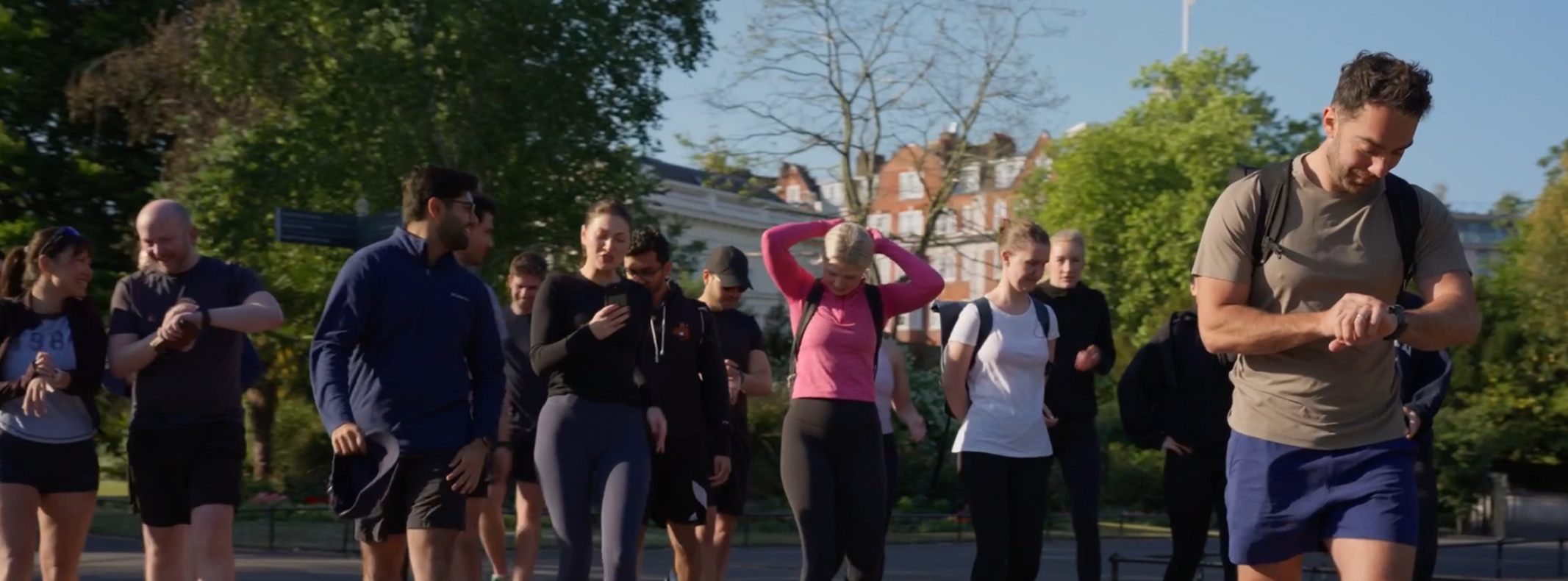What have two unicorn builders been telling Founder-CEOs about crisis leadership?
No less than six unicorns feature Pete Daffern or Howard Bell in their origin story. The two Octopus Venture Partners have lived through triumphs and crises alike. So, what have Howard and Pete been saying – and hearing – in their conversations with entrepreneurs on both sides of the Atlantic over the last few days?
“When the tide goes out you get to see who’s been swimming naked”
Pete quotes Warren Buffet to summarise his experience of advising CEOs recently. “This is the leadership moment for young CEOs”, says Pete. Many he’s been speaking to weren’t here in 2008 (Pete led ClairMail through that one) and this will be the first slowdown they’ve experienced. “All they’ve known is grow, grow, grow,” says Pete. “Entrepreneurs are all about building and creating, not deconstructing.” This current situation, he says, demands even more from leadership than growing a company.
Muscle, fat and bone
“Random cuts won’t do it,” says Howard. Yes, the fat needs to be cut, but this is also a time to build muscle – and that requires strategy, not just slash-and-burn actions. CEOs might say to themselves, “I don’t have time to think, so I’ve got to act,” but before any action, a change of mindset needs to happen. Howard has been telling CEOs on both sides of the Atlantic that their multi-faceted plans for growth, nurtured and treasured in their heads for months or years, probably have to go. Howard, a founder member of PayPal Europe, appreciates what this can take: “shelving your plans for growth can feel almost like a funeral, but you’ll be left with just one, maybe two, horizons you can double down on.” Now is the time to channel your limitless ambition for growth (the hallmark of all great entrepreneurs) into a tight beam of focus. Courage and brutal honesty are the qualities required now.
Black and white
Pete agrees. “It’s easy to talk yourself, and your advisors, into a grey area. But you need to get to black and white clarity.” Delusion disguised as optimism or “resilience” will only blur things. If you’ve got the systems in place to see clearly how your company works – every moving part – you’ll be at an advantage. One New York-based CEO Pete and Howard spoke to recently was super-fluent on this: he pre-empted their questions, had already changed his mindset and was taking tough, but thoughtful actions, informed by his clear knowledge of the business. Another, by contrast, is struggling because the operating metrics just aren’t there to inform the decisions. It’s not too soon to draw lessons: “a well-run business is one with the systems in place to allow a CEO to understand all the components of the company,” says Pete.
Revisit all your assumptions
Don’t let your vision – so bright and strong – blind you to reality. Howard has been reassuring founders that throwing the things out of the product roadmap that previously seemed essential, could be the smart thing to do. “See things with a new set of eyes, redefine your target segment, look from the outside in, re-set the sweet spot and ask yourself; what are the core unmet needs that customers will really pay for, now?” Successful leaders need to have an eye on the future and the winning strategy to link it to the present. Therefore it’s really important to identify your “Crown Jewels” and retain your most valuable talent so you can come out of any downturn with category-leading propositions.
Saying no to new opportunities
These are strange times and some sectors are flourishing, Zoom being the obvious example. But counter-intuitively, new opportunities, arising from the Covid situation, may not be wise to pursue. Pete spoke to a company recently who have the opportunity to tap a new vertical with their product offerings. When Pete dug down on it however, the bonanza was not what it seemed. “I asked them some simple questions. How long does it take you to close a deal? How long does it take to build a pipeline and pivot your business? And how long will your cash runway last? When we added it up, by pursuing that new vertical, they were heading for a cliff edge.” Leadership in this example would mean loyalty to reality, rather than short term gain in activity and probably company morale too. “Leadership at the best of times is hard,” says Pete. “Now it’s really, really hard.”
Reassurance
Howard has been able to reassure CEOs not to take things too personally. “This is not about personal failure,” he says. “Entrepreneurs in their 30s and early 40s have never been in this place before. They’ve generally been able to get cash: as long as the story’s good, people like Octopus have been there.“ Now things are different and taking plans off the table, cutting back to the core, is not defeat, it’s the smart, sensible thing to do.
Less is more
Pete agrees. “Young CEOs aren’t naive – they wouldn’t have got to where they are if they were – but they can, simply through lack of experience, ask the wrong question: ‘what more should I be doing?’
The answer is you shouldn’t be doing ‘more’. You should be just making sure that you execute perfectly on less, that is, the beam of focus that Howard described.
Next time…
Howard and Pete have lived and led through crash and recession and have the war-stories and invaluable experience to pass on to today’s leaders. But what lessons have they themselves have been learning in this unprecedented situation? We’ll find out shortly…













